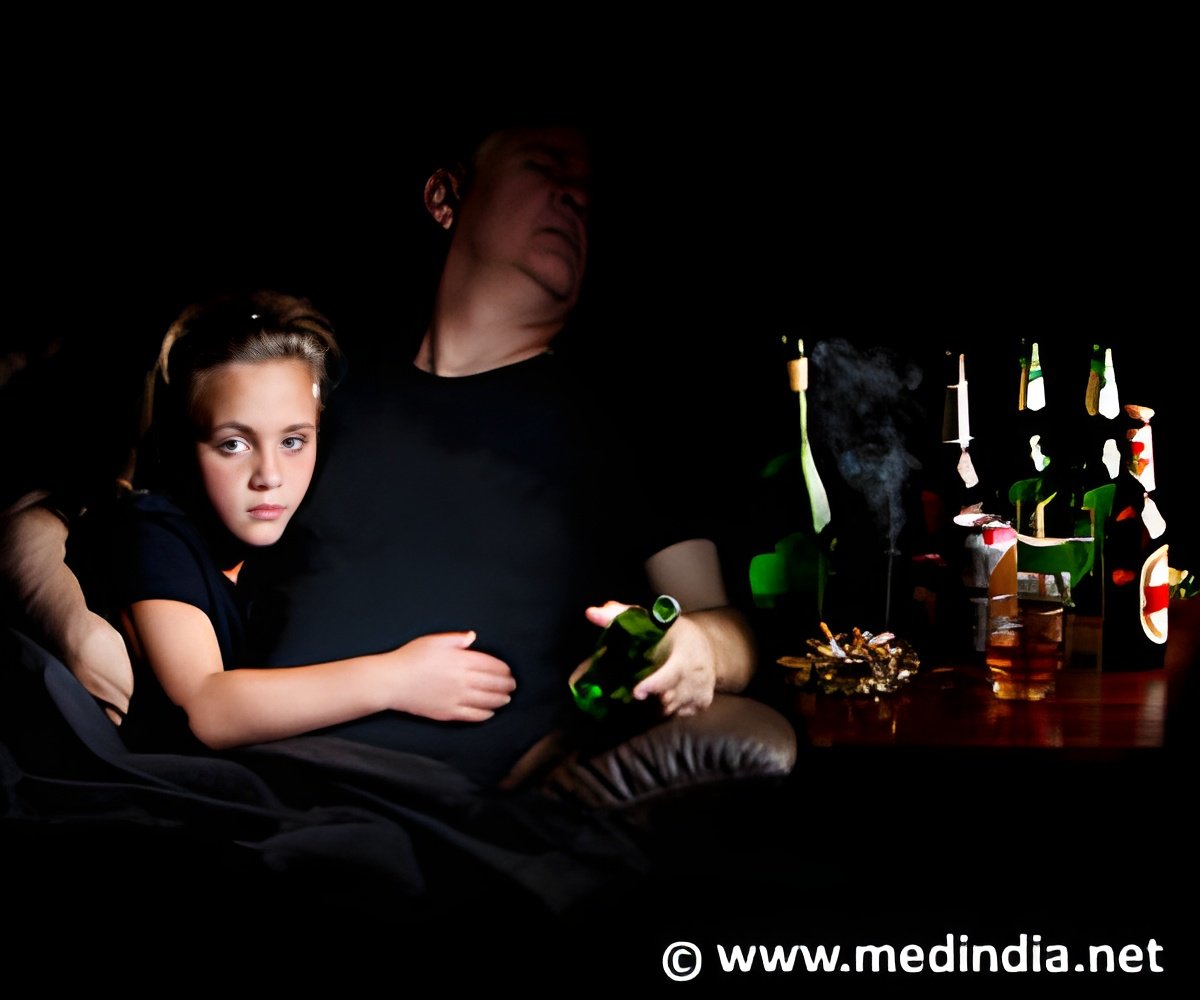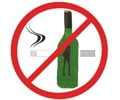
‘The importance of alcohol availability creating conditions that may lead to child abuse should be addressed and reduced.’
Tweet it Now
That was after taking into account a variety of other factors that could impact child maltreatment numbers in the neighborhood. The results show the importance of alcohol availability in creating conditions that may lead to child abuse.Complex Relationship Between Alcohol Environment and Child Abuse
The study explored alcohol use and availability and child abuse and neglect in 326 census block groups in Sacramento over three-time points (1999, 2001, and 2003). Researchers used this older data because it is very difficult to get data this detailed on a neighborhood level.They used a concept called “market potential,” which is the total possible demand for a good – in this case, alcohol – in a defined area. Market potentials are related to the number of bars, restaurants, and off-premises alcohol outlets in a neighborhood.
Market potentials for alcohol use have not been assessed in a way that would allow us to understand how they might be associated with alcohol-related problems, such as child abuse and neglect.
The researchers used measures of child abuse and neglect from child and protective services in Sacramento County. The focus of this study was on parents aged 18-29 because younger parents are most likely to be involved with child protective services.
In addition, alcohol use patterns were estimated using surveys done of Sacramento residents asking about their alcohol use. Outlets selling alcohol were counted using official state alcohol license data.
Advertisement
They noted that having children enter foster care is a high threshold for determining that children are endangered by their parents’ alcohol use. That suggests that reducing the total volume of alcohol among 18- to 29-year-olds should be the goal.
Advertisement
Selling alcohol perpetuates a cycle in which a population, young adults, that tends to drink more is given easier access to alcohol, which leads to more drinking. And the result is more child maltreatment.
The study found that the presence of a store selling alcohol – a measure of alcohol supply – had a link to child abuse and neglect even after controlling for the alcohol market potential of 18- to 29-year-olds living in the neighborhood.
This suggests that the location of an off-premises outlet within a neighborhood may impact child maltreatment outside of the alcohol consumed by those who live there.
We have to pay more attention to how the supply and availability of alcohol have an impact on child maltreatment if we want to make a real difference.
Source-Eurekalert














